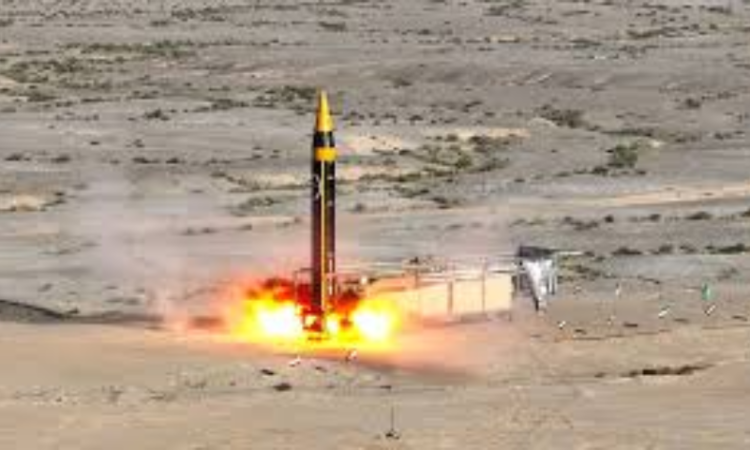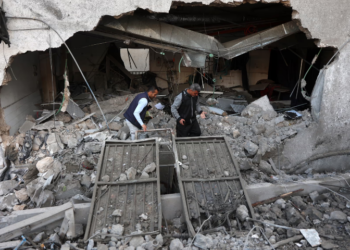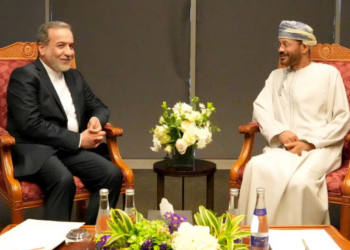Tehran, February 2, 2025: In a significant demonstration of its military capabilities, Iran unveiled a new ballistic missile on Sunday, stating that it has a range of 1,700 kilometers. The missile, named Etemad (meaning “trust” in Persian), was showcased at a ceremony in Tehran attended by President Masoud Pezeshkian.
State television aired footage of the missile, highlighting its capabilities and referring to it as the latest ballistic missile produced by Iran’s defense ministry. The launch of the missile comes at a time of growing concern among Western countries, which have raised alarms about the potential destabilizing effects of Iran’s missile program in the Middle East. This missile, like others in Iran’s arsenal, is capable of reaching its arch-rival, Israel, and is seen as part of a broader military strategy aimed at enhancing national security.
During his televised address, President Pezeshkian emphasized that the development of Iran’s defense and space technologies was aimed at ensuring no country would dare to attack Iranian territory. The missile unveiling was part of a larger ceremony in which Iran also presented three domestically produced satellites: Navak, a communications satellite weighing 34 kilograms, and updated versions of Pars-1 and Pars-2, which are imaging satellites used for environmental monitoring, emergency situations, and urban management.
This event, held on Iran’s National Aerospace Day, took place just days before the 46th anniversary of the Islamic Republic’s founding on February 10, 1979.
Since the Trump administration’s “maximum pressure” campaign, Iran has consistently showcased its military advancements, including large-scale military exercises and the revelation of underground military bases. Just a day before, Iran also introduced a new model of cruise missile called the Ghadr-380, which is said to possess anti-jamming capabilities and a range of more than 1,000 kilometers.
While ramping up military displays, Iran has also shown interest in reviving nuclear negotiations, a key point of tension with Western countries. Since the 1979 Islamic Revolution, which severed ties with the United States, Iran has been forced to develop its own military technology, building an arsenal that includes missiles, air defense systems, and drones despite enduring an arms embargo during the Iran-Iraq war (1980-1988).








